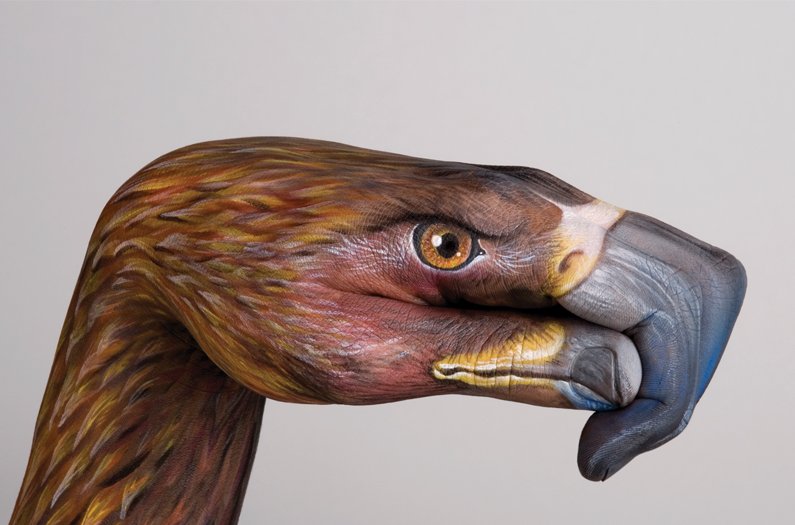Environmental Monitor:
“A pair of lonesome data buoys bobbing off Michigan’s storm-whipped Lake Superior shore were suddenly the stars of the state this fall when they captured the largest waves ever measured on the Great Lakes.
The buoys, near Granite Island and Munising, each recorded 28.8-foot significant wave heights during a storm that caused hundreds of thousands of dollars of damage along the coast. The record wave height exceeded the previous 27.6-foot record set by a Michigan Tech buoy near Houghton, Mich., in 2012. To give some perspective on the rarity of these types of events, waves at the record-capturing buoys only climbed above 12 feet four times throughout 2015 and 2016.”





















